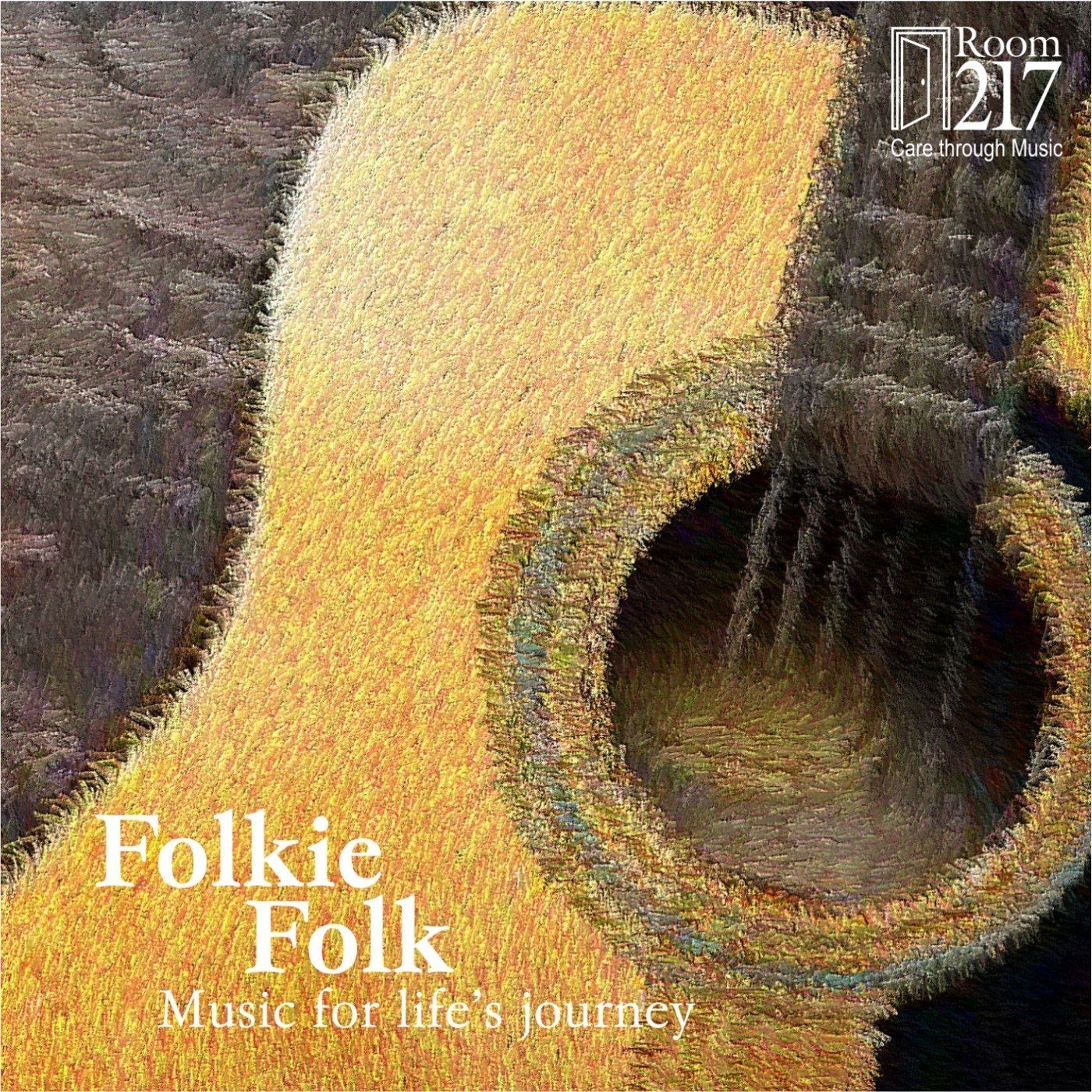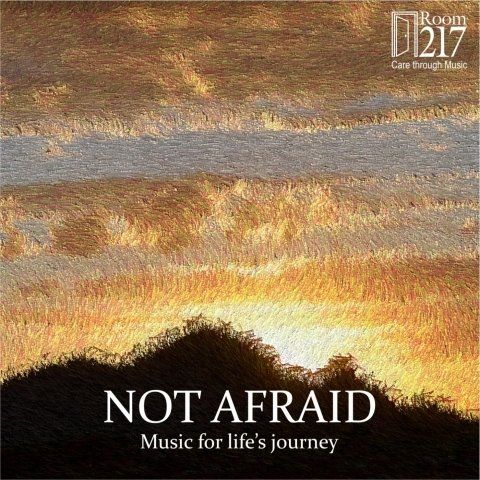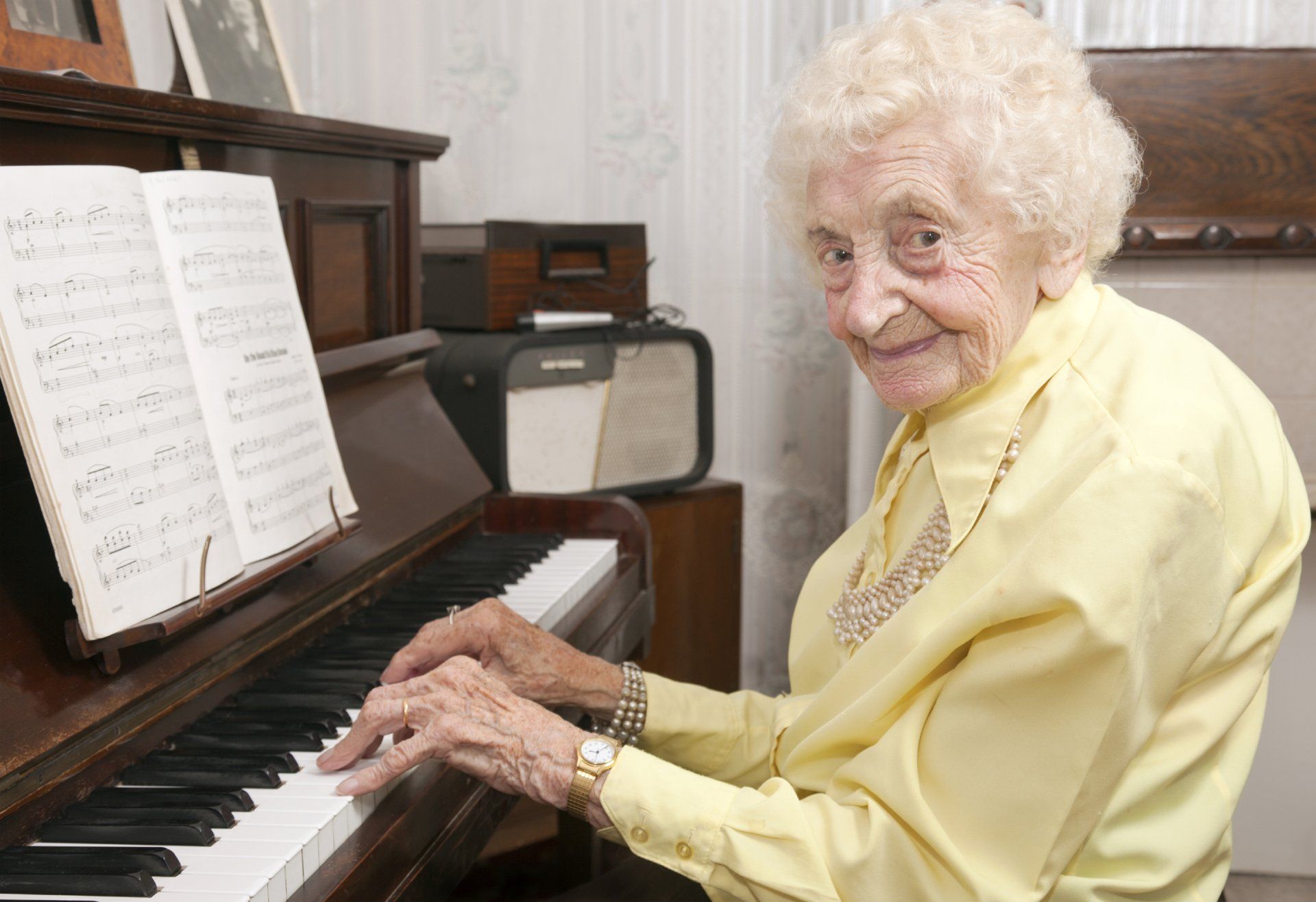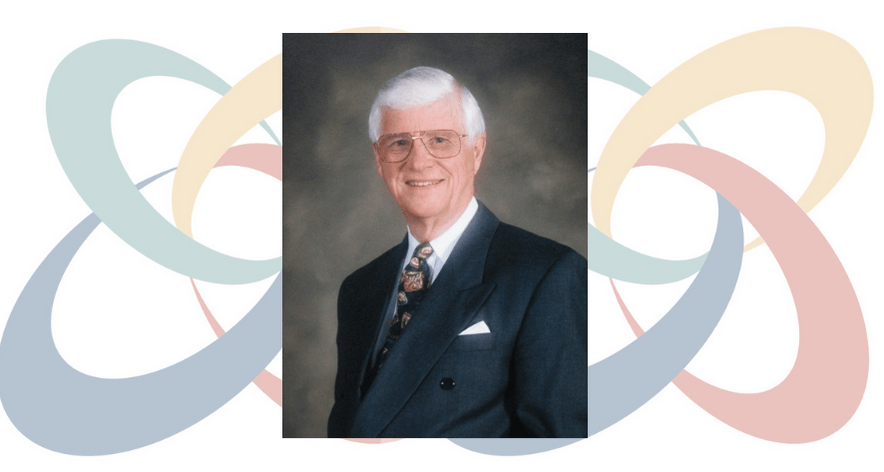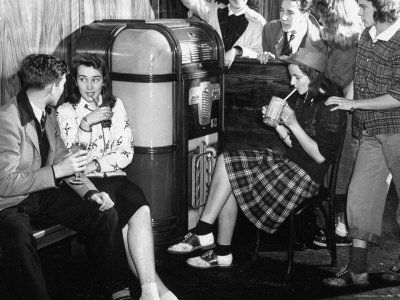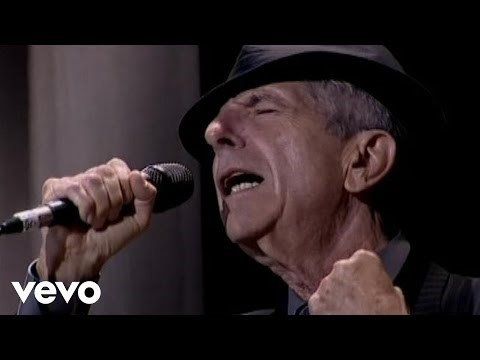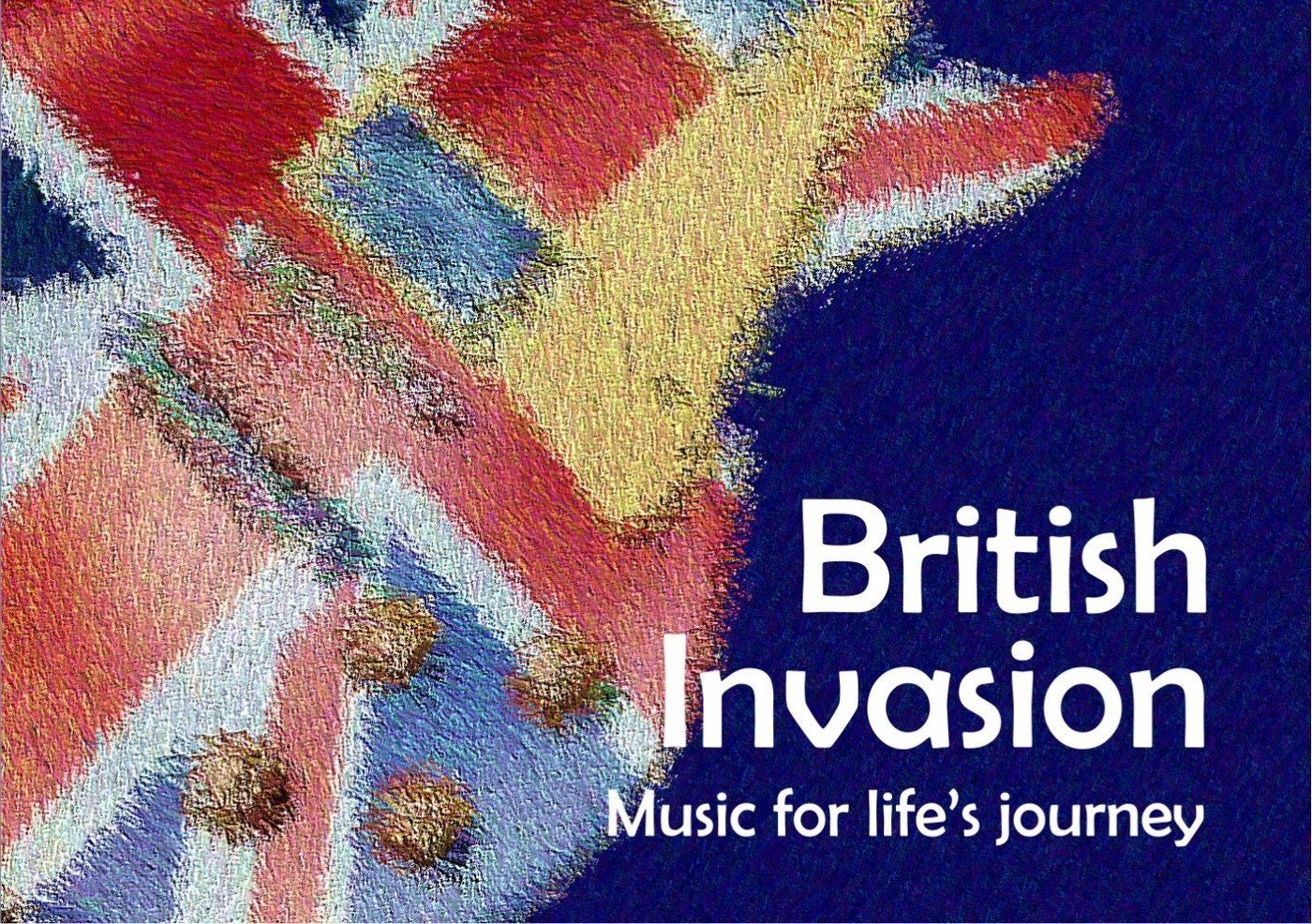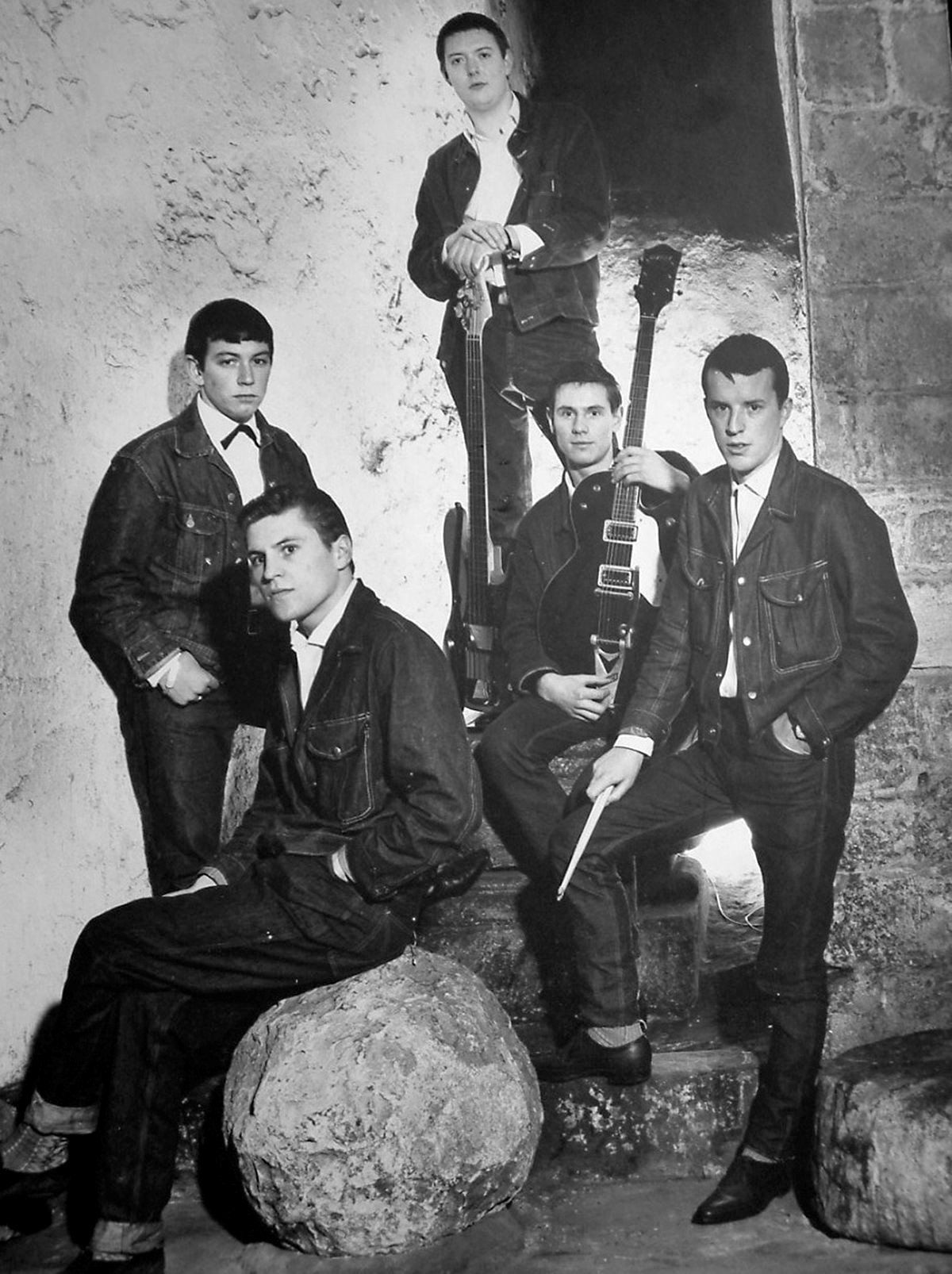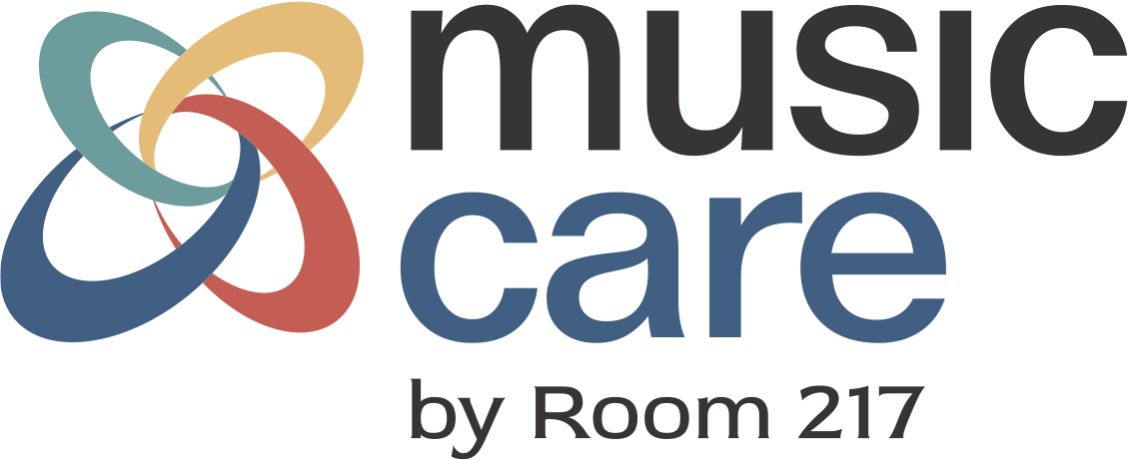A Shift in Terminology Describing Caregiver Burnout
Recently, I was at a conference where a new term was introduced, at least the term, “empathic strain”, was new to me.
The concept of compassion fatigue has long been acknowledged as a challenge for paid and unpaid caregivers. Recent discussions among researchers and experts have led to a significant shift in terminology, and our understanding of its impact and affects. The growing emphasis on the term empathic strain reflects a deeper understanding of the distinct neural processes involved in empathy and compassion and our understanding the difference between the two.
Empathy, the ability to sense or share others' pain, and then compassion, the recognition of suffering accompanied by a desire to alleviate it, form the foundation of caregiving roles. Empathic strain refers to the toll taken on individuals regularly exposed to others' suffering without adequate support.
The signs and symptoms of empathic strain are varied and profound, impacting both professional performance and personal well-being. The neural networks involved in empathy are the same as those connected to the experience of pain. Interacting on a regular basis with the suffering of others, compounded by an inability to effectively alleviate, causes our brain to react the same way it would to pain, with avoidance and self-protection. Those experiencing empathic strain often grapple with profound physical and emotional exhaustion, making even the simplest tasks seem daunting. This exhaustion is coupled with a notable decrease in empathy, rendering it challenging to connect with and understand the emotions of others. Heightened levels of anger and irritability become more frequent as emotional reserves are depleted, and some may turn to increased substance use or simply shutting down as a coping mechanism.
Those affected may find their satisfaction at work greatly diminished, leading to a desire for isolation from colleagues and clients. Persistent worry and stress become constant companions, exacerbating emotional volatility, and impairing decision-making abilities. Absenteeism may also manifest as individuals struggle to muster the energy to fulfill their professional responsibilities, further blurring the boundaries between work and personal life.
To address empathic strain, we need a comprehensive and multimodal approach. One of the most effective, and simple ways is to engage in mindful self-compassion practices, available through courses, online resources, and apps. It begins with training and mindfulness practices that fosters a compassionate attitude towards oneself amidst challenging circumstances. Room 217 offers musical self-care resources.
It is critical to acknowledge and validate one's feelings, an essential first step while navigating emotional complexities effectively. This is significant because it helps us to develop awareness of environmental stressors and enables us to set up proactive management of triggers.
Prioritizing self-care and establishing clear boundaries safeguard against emotional depletion, while cultivating mental calmness and equanimity through mindfulness practices enhances emotional resilience. Addressing past trauma and seeking professional help are crucial steps in healing and restoring emotional balance.
From my perspective, empathic strain offers a nuanced perspective on the emotional toll experienced by caregivers. By acknowledging its signs and proactively implementing preventive strategies, such as fostering connections with music, we can effectively mitigate its impact and promote holistic well-being within caring professions. This approach not only safeguards individual mental and emotional health but also enhances the quality of care provided to those in need.
“The expectation that we can be immersed in suffering and loss daily and not be touched by it is as unrealistic as being able to walk through water without getting wet.”
- Rachel Naomi Remen, Kitchen Table Wisdom, 1996


